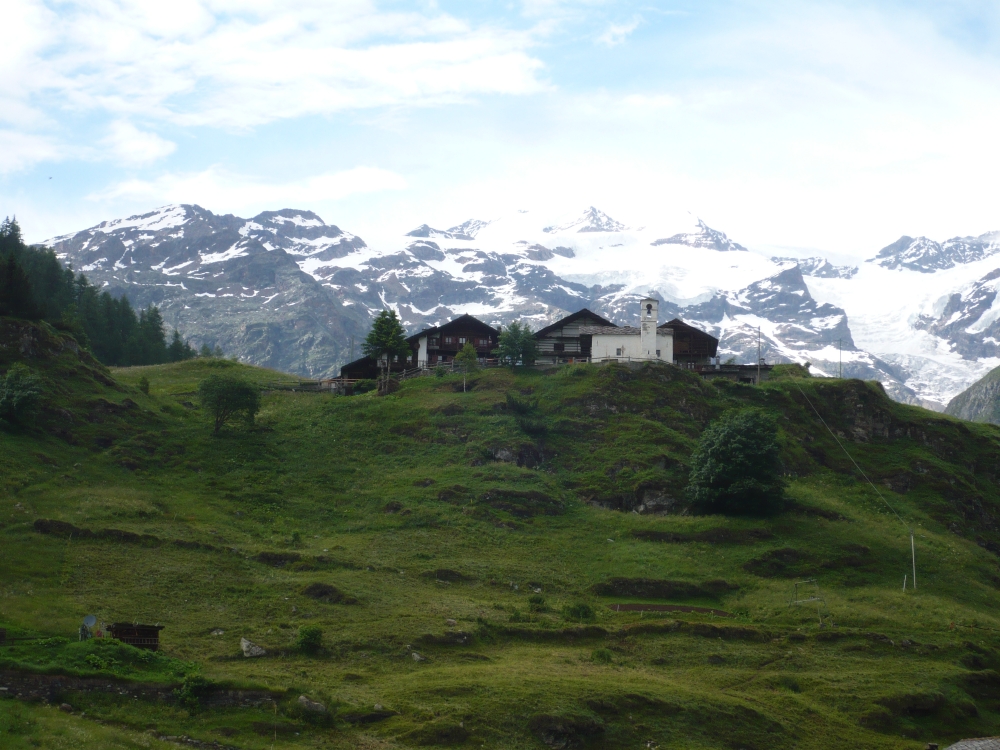The Highest Alemannic Walser varieties are spoken in a mountain area which extends across the borders of Italy, Switzerland and Austria. In Italy, Walser varieties are actually spoken in small villages placed in North Eastern Piedmont and South Eastern Aosta Valley, and represent the western border of the Walser Area. Invited to occupy the highest part of the Monte Rosa Valley during the last centuries of Low Middle Ages, the Walser communities were responsible for the foundation of small villages and farms placed on both the Piedmontese and Aostan side of the Mount Rosa (Saracco 2024:236). Walser communities were characterised by a high degree of mobility across the Alpine passes: until the second half of the nineteenth century, the communities kept continuous relationships with the germanophone part of ancestral Wallis. As an effect of this, Walser villages kept their inner monolingualism.
Starting from the unification of Italy, the Walser community of Italy lived a growing isolation from the transalpine areas, and also from the roof language.

